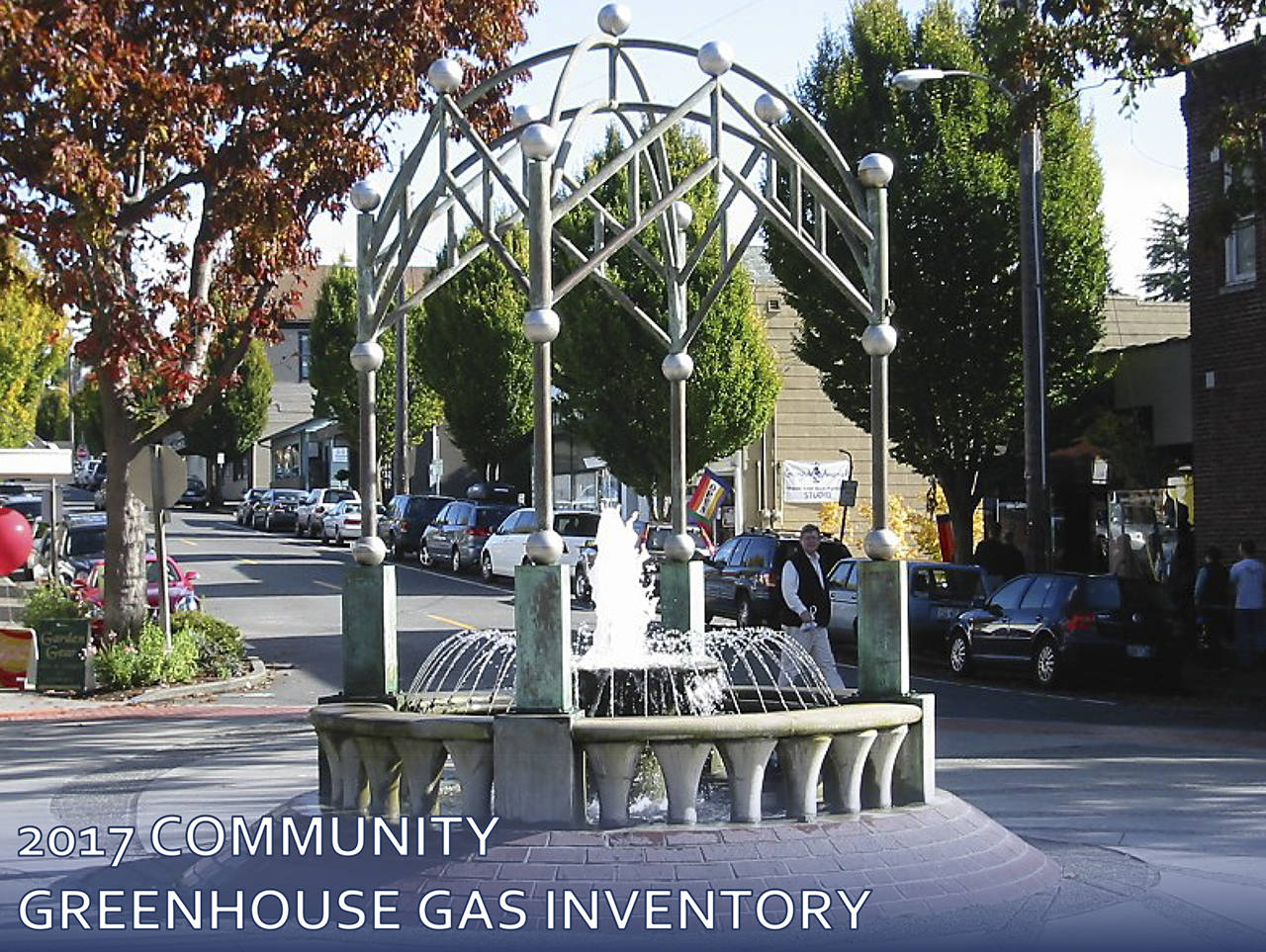EDMONDS — When President Donald Trump announced the United States would withdraw from the Paris climate accord in 2017, Edmonds City Councilmember Mike Nelson said it was a wake-up call.
The federal government would not be taking the lead on preventing climate change. That meant local governments would need to step up, he said.
“This is something that as policymakers we have a moral duty to address,” he said. “This is not something we can wait for the next generation or 10 years to take on.”
Edmonds created a climate action plan in 2010, but Nelson said it didn’t have any means for accountability.
So last year, the city commissioned a Greenhouse Gas Inventory — a 23-page report that quantifies Edmond’s carbon footprint for 2017 and breaks it down into sectors.
A new report will allow the city to set realistic goals for decreasing its greenhouse gas emissions and keep track of its progress, Nelson said.
Edmonds as a community emitted the equivalent of about 750,000 metric tons of carbon dioxide in 2017, according to the report.
About 300,000 of that was created within the city’s geographic boundaries. That’s akin to 65,000 gasoline-powered cars driving for a year. It would take a forest 30 times larger than Edmonds to mitigate that much carbon.
The rest, about 444,000 metric tons, was generated outside of Edmonds and imported through the purchase of goods, foods and services. Those emissions total what 95,000 passenger vehicles create in a year, or the carbon sequestered annually by more than 500,000 acres of forest. That’s a land area about 40 times the size of Edmonds.
The report helps put Edmond’s footprint in context, Nelson said.
Household consumption makes up almost half of the city’s imported emissions.
“That shows that every time I buy something on Amazon, there’s a cost to that,” Nelson said. “It also shows that each of us can do a part.”
That knowledge allows residents to take action on reducing it, he said.
Locally, the majority of emissions are from buildings using electricity, natural gas and gasoline. About 35 percent of the emissions are from homes, while 15 percent are from commercial buildings. Industrial buildings make up 2 percent.
Transportation accounts for 40 percent.
As for imported emissions, household goods such as furniture, meat and clothing account for 30 percent.
“It’s really noticeable that if were going to make a change, it’s going to require lifestyle changes in a number of cases,” said Shane Hope, the city’s development director.
The $78,000 report was completed by consulting firm Environmental Science Associates, Hope said. The firm is now working with the city’s Climate Protection Committee to draft goals based on the document. A public comment period will follow.
Julia-Grace Sanders: 425-339-3439; jgsanders@heraldnet.com.
Talk to us
> Give us your news tips.
> Send us a letter to the editor.
> More Herald contact information.


























